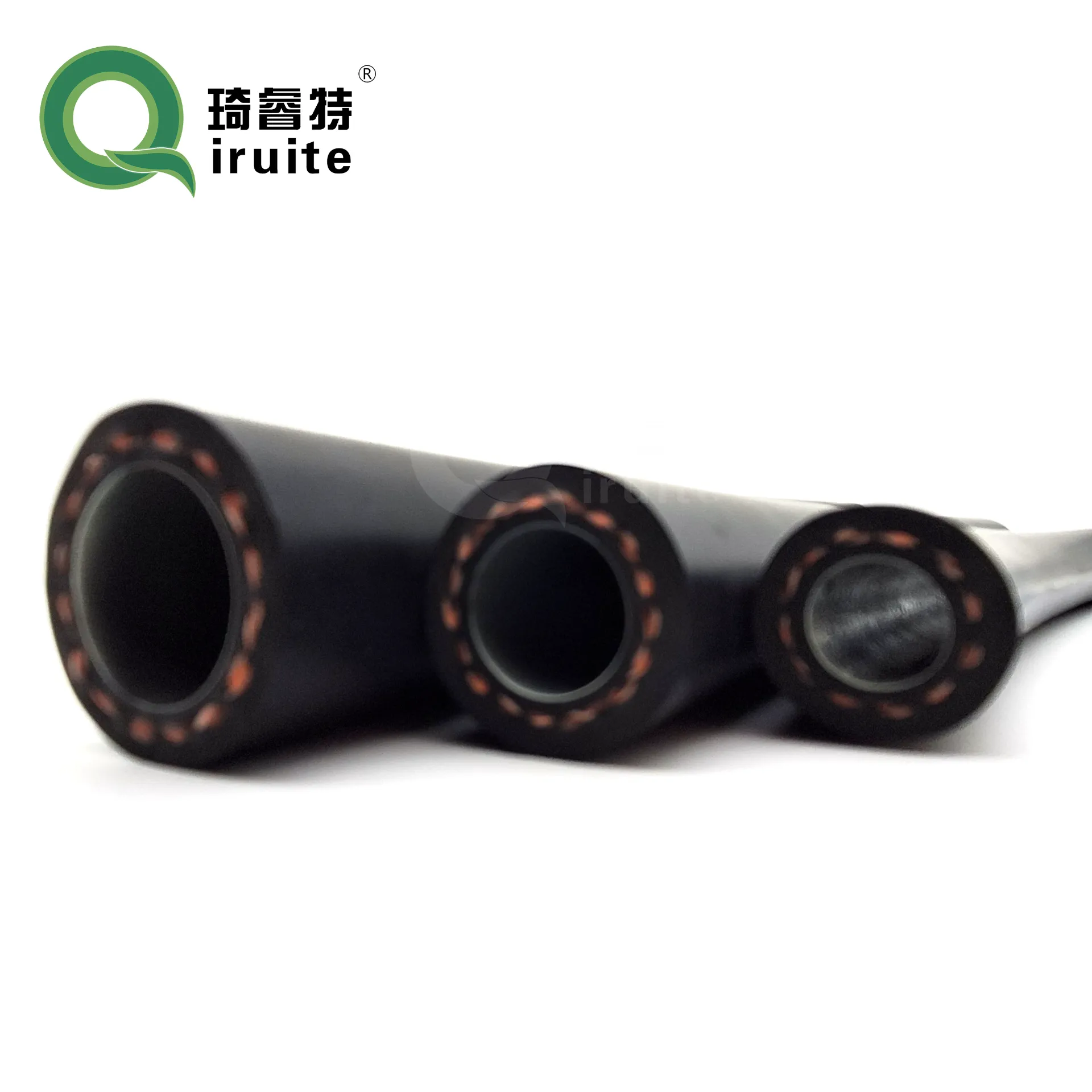how to repair a high pressure power steering hose
How to Repair a High Pressure Power Steering Hose
Power steering is an essential system in modern vehicles, providing the driver with a much easier and smoother steering experience. One of the crucial components of this system is the high-pressure power steering hose, which transmits hydraulic fluid from the pump to the steering gear. Over time, this hose can develop leaks or cracks, leading to a loss of power steering fluid and diminished steering performance. If you find yourself facing this issue, here's a step-by-step guide on how to repair or replace a high-pressure power steering hose.
Step 1 Identify the Problem
Before diving into the repair process, it’s critical to accurately identify the problem. Look for signs of power steering fluid leaks around the hose, especially if you notice fluid on the ground underneath your vehicle. The fluid typically appears reddish or pale yellow. Additionally, check for any visible damage like cracks or kinks in the hose.
Step 2 Gather Your Tools and Materials
To perform the repair, you’ll need some basic tools and materials - New high-pressure power steering hose (if replacement is necessary) - Power steering fluid - Wrenches (typically a wrench set) - Hose clamps (if applicable) - Rags or paper towels - Safety goggles and gloves
Step 3 Prepare Your Vehicle
Safety is paramount when working on your vehicle
. Start by parking the car on a flat surface, setting the parking brake, and allowing the engine to cool. For extra safety, disconnect the battery, particularly if your vehicle has an electric power assist feature.Step 4 Remove the Old Hose
how to repair a high pressure power steering hose

Locate the high-pressure power steering hose, which is usually situated between the power steering pump and the steering gear. Using the appropriate wrench, carefully loosen the fittings at both ends of the hose. Be prepared for some power steering fluid to leak out; have rags handy to catch any spills. Once both ends are disconnected, remove the old hose from the vehicle.
Step 5 Install the New Hose
Place the new high-pressure power steering hose in position, ensuring it follows the same routing as the old hose. Tighten the fittings securely at both ends, but be cautious not to overtighten, as this can damage the fittings or the hose. If your new hose requires additional clamps, use them to secure it in place.
Step 6 Refill Power Steering Fluid
Once the new hose is installed, it’s essential to refill the power steering fluid in the reservoir. Refer to your vehicle’s manual for the correct type of fluid to use. After pouring the fluid into the reservoir, start the engine and turn the steering wheel from lock to lock several times to help circulate the fluid and remove any air trapped in the system.
Step 7 Check for Leaks
After running the engine and cycling the steering, visually inspect the new hose and connection points for any signs of leaking fluid. If you detect no leaks, you can feel confident that the installation was successful.
Conclusion
Repairing or replacing a high-pressure power steering hose can seem daunting, but by following these steps, you can restore your vehicle’s steering performance. Regularly checking your power steering system for issues and addressing problems early on can save you both time and money in the long run. If you’re unsure about any step in this process or if the problem persists, don’t hesitate to consult with a professional mechanic. Safe driving!
-
Ultimate Spiral Protection for Hoses & CablesNewsJun.26,2025
-
The Ultimate Quick-Connect Solutions for Every NeedNewsJun.26,2025
-
SAE J1401 Brake Hose: Reliable Choice for Safe BrakingNewsJun.26,2025
-
Reliable J2064 A/C Hoses for Real-World Cooling NeedsNewsJun.26,2025
-
Heavy-Duty Sewer Jetting Hoses Built to LastNewsJun.26,2025
-
Fix Power Steering Tube Leaks Fast – Durable & Affordable SolutionNewsJun.26,2025

